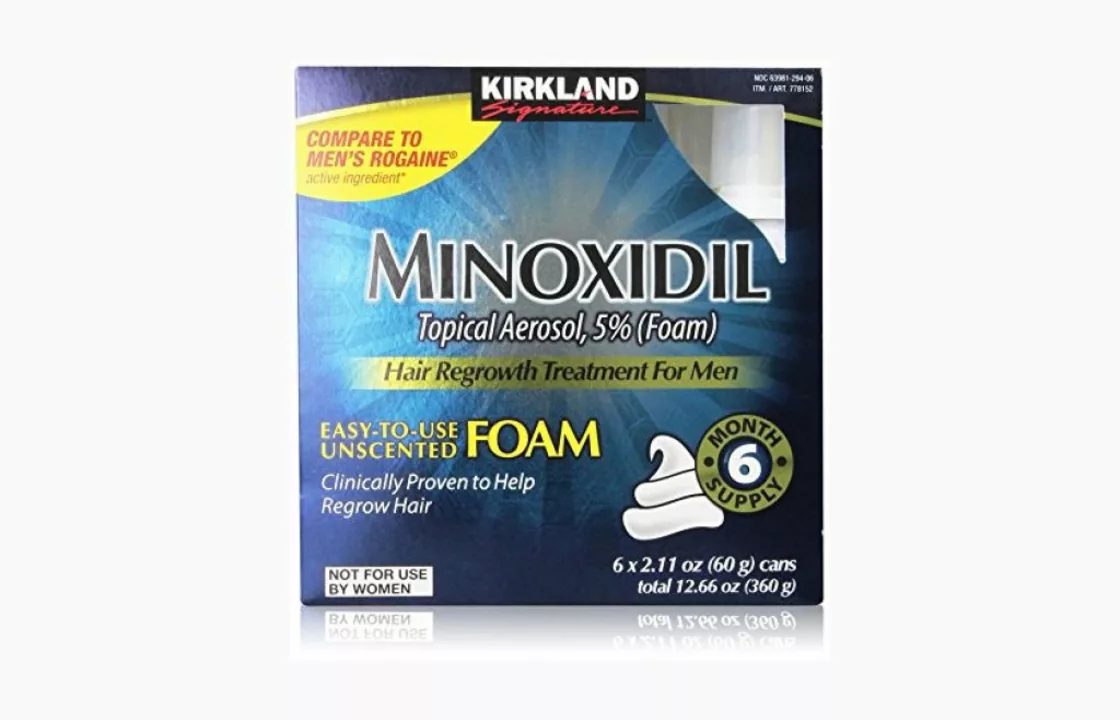Minoxidil: What It Is and Why People Love It
If you’ve stared at thinning spots in the mirror and wondered if anything works, chances are you’ve heard of minoxidil. This over‑the‑counter liquid or foam is one of the few hair‑loss products that actually shows results for many users. You don’t need a prescription, but you do need to know how to apply it right and what to expect.
Minoxidil started as a blood pressure drug before researchers noticed it grew hair on patients’ faces. That serendipitous find turned into the topical solution we see on pharmacy shelves today. The active ingredient expands tiny blood vessels in the scalp, delivering more oxygen and nutrients to dormant follicles. In plain terms: it wakes up sleepy hair roots so they can start growing again.
How Minoxidil Works
The science behind minoxidil is simple enough for a quick chat. When you rub the liquid or foam onto clean, dry scalp, it penetrates the skin and triggers a cascade of signals that keep hair follicles in the growth phase longer. Most people see new strands after about 8‑12 weeks of consistent use.
It’s not magic – it works best on early‑stage thinning rather than complete bald patches. If your hair loss is advanced, you might need to pair minoxidil with other treatments like finasteride or low‑level laser therapy. Think of it as a boost for the follicles that are still alive but idle.
Tips for Getting the Best Results
1️⃣ Apply twice daily. Most studies show twice‑a‑day use yields stronger regrowth than once‑a‑day. Use a small amount – about 1 mL of liquid or half a capful of foam per application.
2️⃣ Keep your scalp dry. If you wash your hair, wait at least two hours before applying minoxidil so it can soak in properly. Moisture dilutes the product and reduces effectiveness.
3️⃣ Be patient. Results aren’t instant; most users notice a subtle thickening after three months, with fuller coverage by six months. If you stop early, any new hair will likely fall out within weeks.
4️⃣ Watch for irritation. Some people get itching or redness. If that happens, try the foam version (it has fewer alcohols) or reduce frequency to once a day until your skin adjusts.
5️⃣ Stay consistent even after you see growth. Stopping abruptly can reverse progress. Many dermatologists recommend continued use for at least a year before deciding if you want to maintain or discontinue.
Side effects are usually mild – dry scalp, occasional flaking, or a slight tingling sensation. Serious reactions are rare but call your doctor if you notice rapid heart rate or dizziness, as those could signal systemic absorption.
For women, the 2% solution is often recommended, while men can use the stronger 5% formula. Some brands sell gender‑specific packaging to avoid confusion.
If you’re buying online, stick to reputable pharmacies – look for GoodRx certifications or other trusted seals. Avoid cheap knock‑offs that claim higher concentrations; they may be ineffective or unsafe.
Bottom line: minoxidil is a proven, affordable way to tackle early hair loss if you use it correctly and give it time. Pair it with good scalp hygiene, a balanced diet, and realistic expectations, and you’ll likely see a noticeable improvement.

Minoxidil Topical vs. Oral: Which One Is Right for You?
Finnegan O'Sullivan Apr 30 17As a blogger exploring hair loss solutions, I've come across two forms of Minoxidil: topical and oral. The topical solution is applied directly to the scalp, which can be more targeted but may cause irritation for some. On the other hand, oral Minoxidil is taken as a pill, offering a more systemic approach with less local irritation. However, it may have more potential side effects. Ultimately, the right choice for you will depend on your individual needs, preferences, and any pre-existing medical conditions.
More Detail